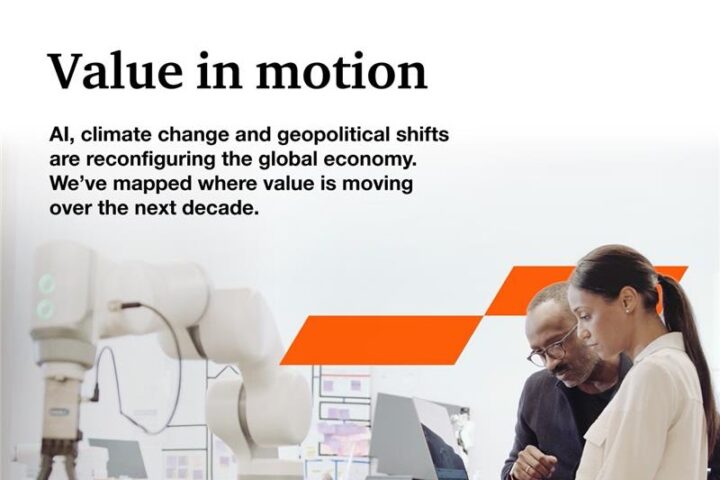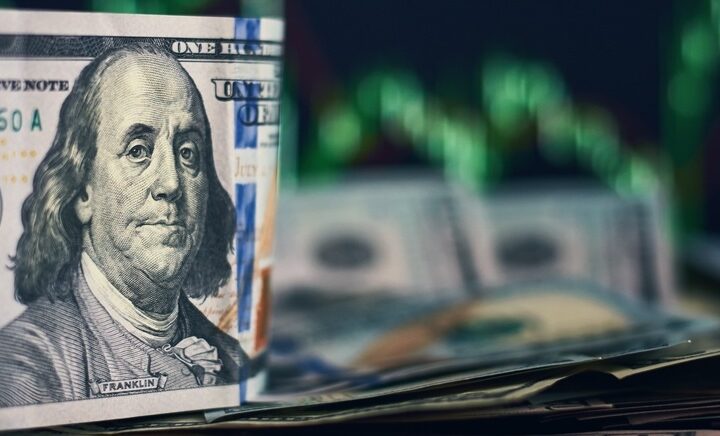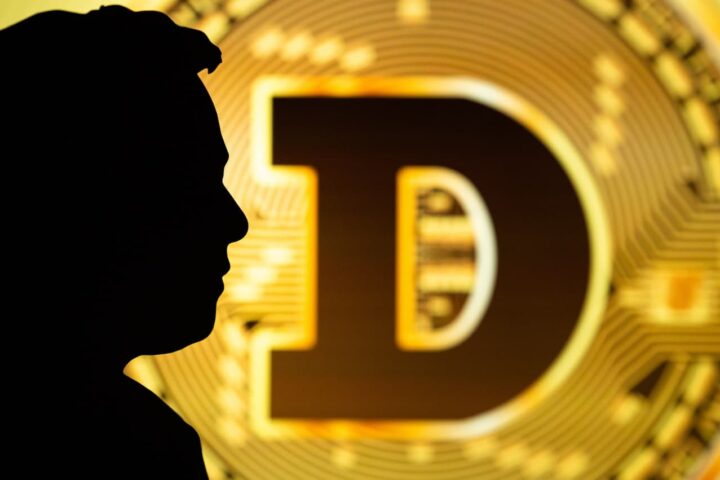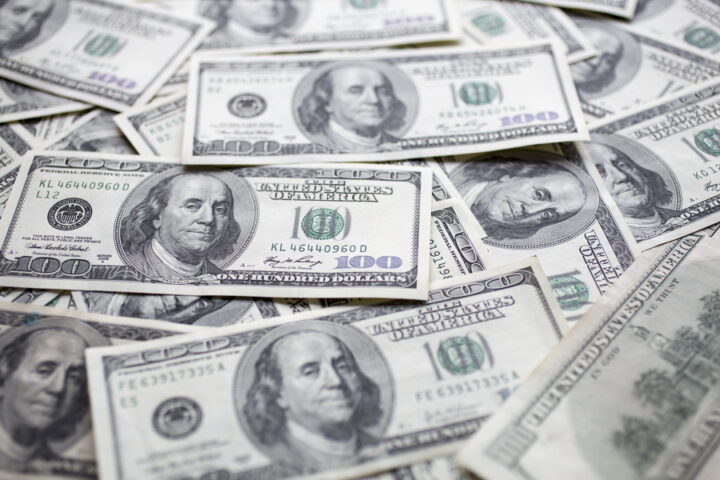The pace of economic recovery holds the key to how quickly the U.S. unemployment rate recedes from its 26-year high of 9.5 percent.
A rule of thumb states that it takes economic growth of roughly 2.5 percent just to keep the jobless rate where it is.
The last recession, in 2001, was followed by a long period of unusually high joblessness. In 1983, by contrast, when the jobless rate reached 10.8 percent, it fell much more quickly, down to 8.3 percent one year after that recession ended.
Here are three scenarios for the path of unemployment:
THE MAINSTREAM VIEW
This is the view held by the U.S. Federal Reserve and many private economists: the recession ends this year, but the recovery is too tepid to make much of a dent in the jobless rate.
In that scenario, unemployment doesn't get much worse, but it takes a long time to get back to 4.9 percent, where it stood before the recession.
The Fed thinks unemployment will stay well above 9 percent through 2010, and it could take five or six years before economic growth and the labor market return to normal.
THE OPTIMISTIC OUTLOOK
Some economists see scope for a stronger recovery in both the economy and the job market.
The case for the bigger economic bounceback is based on the idea that beaten-down sectors such as auto manufacturing and home construction cannot fall forever.
The auto industry is not even keeping up with the normal rate at which old cars are scrapped, while the pace of new home construction is far below population growth and family formation.
Deutsche Bank economist Peter Hooper thinks even without a strong rebound in consumer spending, 2010 GDP will rise by at least 3 percent, which should be enough to generate jobs. At that rate, it would probably still take several years to recoup lost jobs, which exceed 6 million.
Officials from the White House and Treasury Department have pointed out that companies cut back on labor far faster than would be expected considering the rate of economic decline. That would suggest once the recovery does start, companies will have to rehire quickly to keep up with demand.
THE DOWNWARD SPIRAL
The darker view holds that demand simply won't come back anytime soon. Households have lost more than $12 trillion in wealth from the housing and financial market slumps, and will need to rebuild savings. That will impair spending.
The worry is that government spending is artificially propping up the economy and, as that money runs out, the United States will slump back into recession.
With home foreclosures still high and commercial real estate loans going sour, lending will remain weak. Households and businesses won't be able to borrow freely, which will constrain growth and hiring.
Even so, it would probably take another significant jolt to drive the unemployment rate much higher than the 10 percent range where many economists expect it to peak.
What could cause such a jolt? Two possibilities: a severe spike in oil prices like the one last year, or a big, deadly outbreak of H1N1 swine flu that disrupts the economy.







